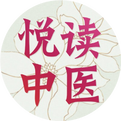Editor’s Note
“It is easy to eliminate a thousand cold, but difficult to dispel dampness.” The presence of dampness in the body can lead to various diseases. Many people know that dampness needs to be eliminated, but the dampness in the body can be categorized as either ‘cold’ or ‘heat’. The methods for dispelling dampness differ based on its properties. Let’s explore which methods are more suitable for you.
Dampness Easily Penetrates, Divided into Cold and Heat
Cold Damp: This is similar to winter; if the climate is dry, people can tolerate the cold. However, if the dampness is heavy, it becomes uncomfortable. The winters in the south are more unbearable than in the north due to the heavier dampness and cold dampness.
Heat Damp: This is akin to a sauna in summer, where both heat and humidity make it hard to breathe, which is clearly less pleasant than a dry, sunny day.
Wind Damp: When dampness encounters wind, it becomes wind-damp. Dispelling wind is easy, but once it becomes wind-damp, it often leads to chronic diseases that are difficult to treat.
Is it ‘Cold Damp’ or ‘Damp-Heat’?
▶ Cold Damp
Cold damp is primarily caused by two factors: externally, living in a damp environment, exposure to rain or water, and prolonged lying in damp areas; internally, consuming cold foods and drinks, which harm the spleen and stomach.
Symptoms of Cold Damp Include:
Tongue
The tongue is swollen with teeth marks. The coating is white, thick, and greasy, sometimes with a layer of moisture floating on top.
Urine
The urine is clear and long, without much odor, resembling water.
Stool
Diarrhea caused by cold damp is slow in onset, with a constant feeling of discomfort in the abdomen. Nervousness or eating greasy foods triggers frequent, unformed, and watery stools, known in TCM as ‘loose stools’. Chronic diarrhea is mostly caused by spleen and stomach deficiency with cold.
Body Odor
Individuals with a cold damp constitution sweat with cold skin and generally have little body odor.
Those with cold damp often have Yang deficiency, with Yin excess and Yang deficiency, leading to a fear of cold, wind, and cold foods. Internal cold damp obstructs the flow of Qi and blood, causing stagnation in the meridians, resulting in pain throughout the body.
✦ Ginger and Jujube Tea
Preparation: Slice 2-3 pieces of ginger and use 3 jujubes, making several cuts on the jujubes to release their medicinal properties into the tea. Boil on high heat, then simmer for 10-15 minutes. You can drink the water, and the jujubes can be eaten afterward. It is best taken on an empty stomach in the morning; avoid drinking after 3 PM as it may affect sleep.
Ginger and jujube tea can dispel cold damp and harmonize the Ying and Wei Qi. However, those with heat in the spleen and stomach should avoid it, as it may cause damp-heat. Individuals with cold constitutions can add a few Sichuan peppercorns to enhance the effect of dispelling cold damp.
✦ Foot Soaking
In TCM, the feet are where the meridians converge, with over 60 acupuncture points below the ankle. Soaking the feet can warm the meridians, dispel cold, promote Qi and blood circulation, and adjust organ functions.
For those with heavy cold damp, soaking the feet in hot water helps dispel cold damp, invigorates the spirit, enhances appetite, and promotes sleep.
The water temperature for foot soaking should be between 42°C and 45°C, warm and comfortable.
After soaking, it is best to perform some simple massages, such as gently pressing on the soles (Yongquan point), toes, and heels to find any tender points. Pressing each tender point for three minutes can yield significant results.
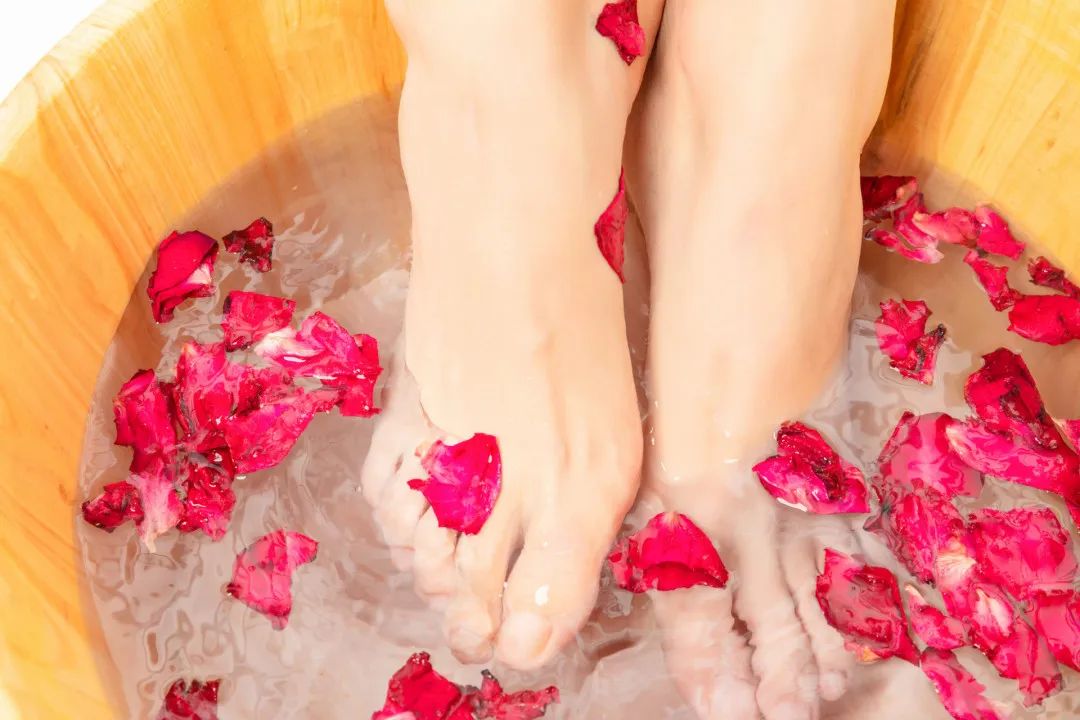
▶ Damp-Heat
Damp-heat accumulates in the middle burner, impairing the spleen and stomach’s ability to receive and transport. The pathogenic factors are mostly due to external damp-heat invasion; or unresolved dampness transforms into heat, combining damp-heat, which obstructs the spleen and stomach, or excessive consumption of alcohol, rich foods, and fatty substances, leading to damp-heat that damages the spleen and stomach.
Symptoms of Damp-Heat Include:
Tongue
The tongue is red with a yellow, thick, and greasy coating.
Urine
The urine is yellow and has a strong odor.
Stool
Diarrhea caused by damp-heat is urgent and severe, often described as a sudden urge to defecate, with a burning sensation in the anus after using the toilet, and a foul odor.
Body Odor
Individuals with a damp-heat constitution often have strong body odor, including body odor, axillary odor, and foot odor.
Those with damp-heat experience obstruction in transformation due to dampness, and internal heat leads to symptoms like bad breath, mouth sores, and acne after consuming rich foods.
✦ Lotus Leaf and Jasmine Tea
Lotus leaf has a fragrant, slightly bitter taste, clearing the heart and relieving summer heat. Many know that lotus leaf can aid in weight loss, primarily due to its ability to dispel dampness and promote urination. Jasmine flowers are elegant and fragrant, with effects of soothing the liver, relieving depression, and clearing heat and dampness.
Brewing both together can help eliminate phlegm and dampness, clearing heat and turbidity.

Four Habits That Promote Dampness
In addition to acupuncture points and dietary therapy, maintaining good lifestyle habits can help avoid the accumulation of dampness. The following four habits can easily contribute to the increase of dampness in the body, and adjustments can be made based on individual circumstances.
1. Staying Up Late and Overworking
Ancient texts state: “Overwork first harms the spleen.” When the spleen is damaged, the transformation of food and water in the body is affected, naturally exacerbating internal dampness.
Recommendation: Balance work and rest; aim to sleep before 11 PM each day.
2. Prolonged Sitting
Prolonged sitting can lead to insufficient blood supply, increasing fatigue and muscle soreness, and affecting the discharge of dampness.
Recommendation: Stand up and move every hour, stretching the muscles.
3. Overindulgence in Cold Foods or Strong Flavors
Enjoying cold foods or cooling vegetables and fruits, or indulging in greasy, overly sweet, or salty foods can burden the digestive system, leading to insufficient gastric motility and increasing the chances of dampness accumulation.
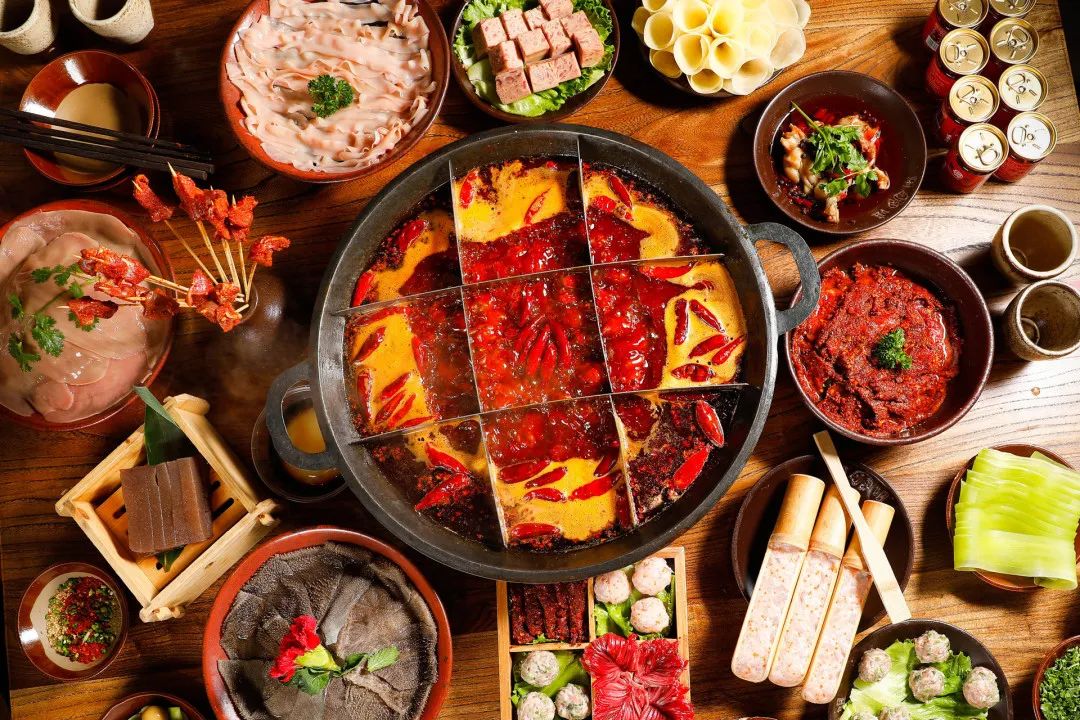
Recommendation: Maintain a balanced diet with a mix of meat and vegetables; when cooking cooling ingredients, it is best to add warming spices to balance.
4. Alcohol Consumption
Alcohol directly irritates the gastric mucosa and must be metabolized by the liver to convert it into non-toxic ethanol for excretion, increasing the burden on the liver.
Long-term drinkers often have weak spleen and stomach, unable to properly digest food, leading to the accumulation of dampness.
Editor’s Note
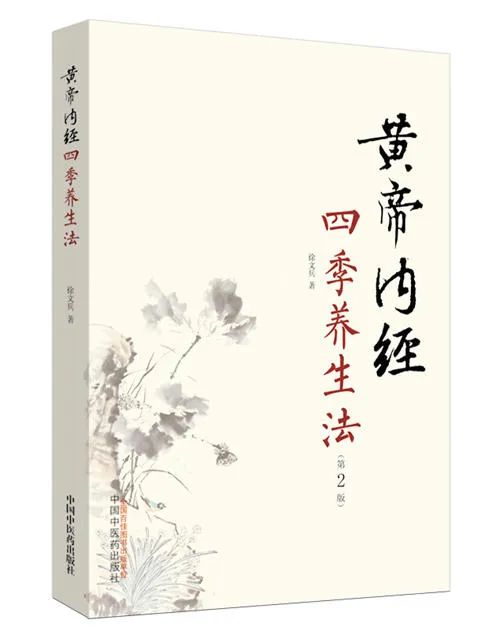
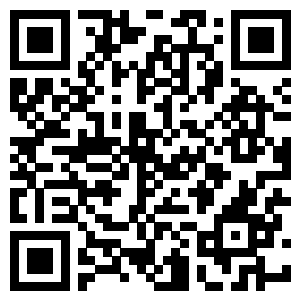
《Huangdi Neijing: Seasonal Health Preservation》
Click on the cover to enter the Yuyijia TCM Academy to purchase this book.
Scan to read for free.
Content Introduction
This book contains content from Mr. Xu Wenbing’s lectures on the “Four Seasons Health Preservation Hall” on the National Meteorological Channel from 2008 to 2009. It is both the essence of the author’s 20 years of medical practice and a presentation of the close relationship between meteorology and traditional Chinese medicine: using the four seasons and the 14 solar terms as the main thread, with meteorology (weather, climate, Yin-Yang) as the entry point, advocating a harmonious way of living with nature, providing natural, healthy, and practical health preservation methods.
❖This article is for knowledge sharing only and does not constitute a recommendation or promotion of any medication or treatment. It cannot replace professional medical advice. For any medical needs, please consult and contact a legitimate medical institution.
Previous Recommendations
Hu Xishu: Treating Emotional Disorders with Classical Formulas
Using the Meridian Flow Needle Technique to Treat Lower Back and Leg Pain
Shingles Treatment: Effective as a Drumbeat
Copyright Statement

This article is selected from TCM World +, reprinted from the “Yunnan TCM” WeChat public account, the final interpretation rights belong to the original author, published by Yue Reading TCM (WeChat ID: ydzhongyi), the cover and images in the text are sourced from Shetu Network, copyright belongs to the original author. If there is any infringement, please contact for deletion. Unauthorized reproduction is prohibited!
✦ Reviewed by: Liu Zhe, Hu Jialin
✦ Typeset by: Bai Jialu
✦ For reprints, submissions, and collaborations: 2686566100 (QQ number)
Click“Read the Original Text” to purchase recommended books from this article. Share
Share Save
Save Click
Click View
View

